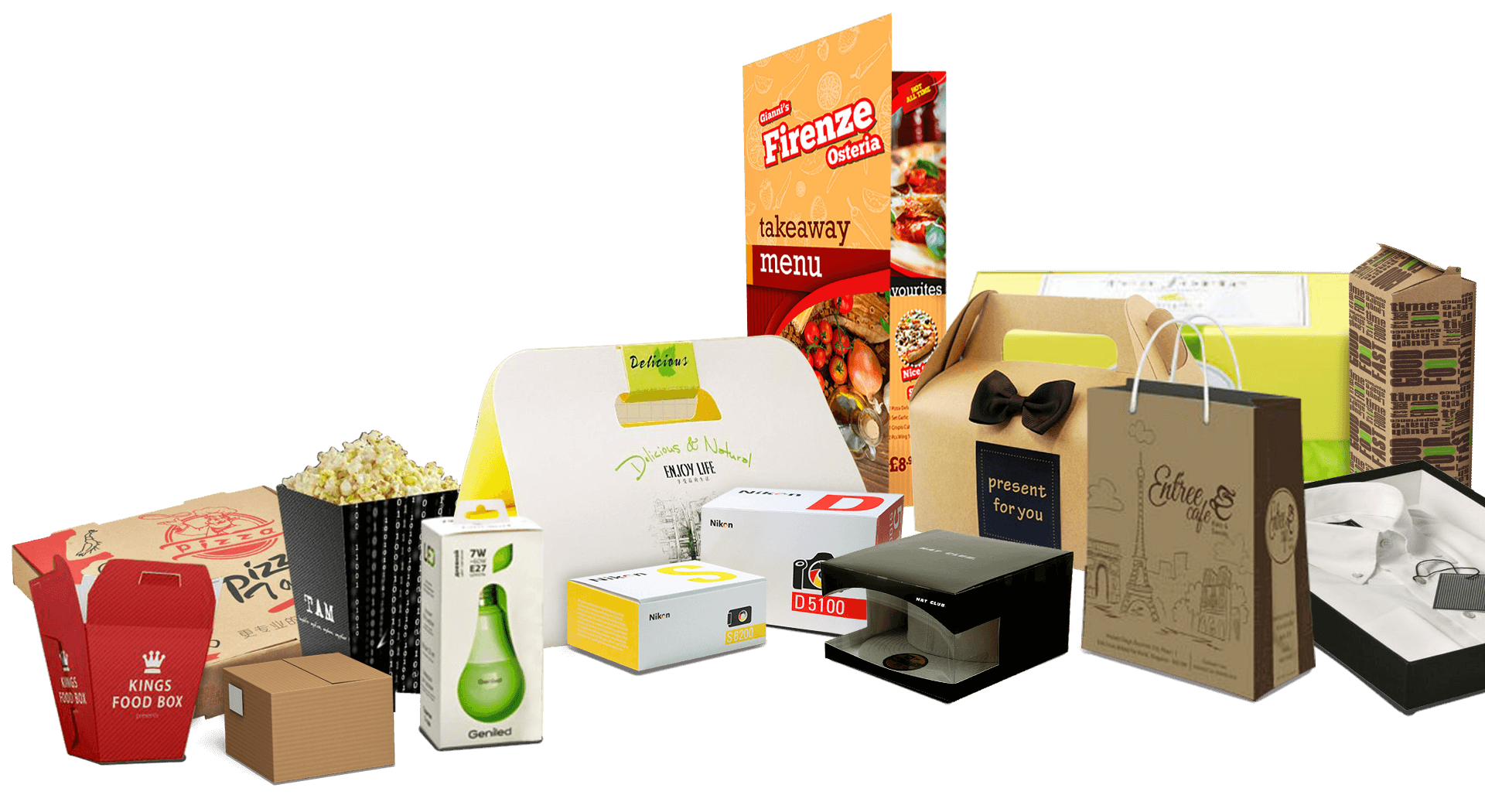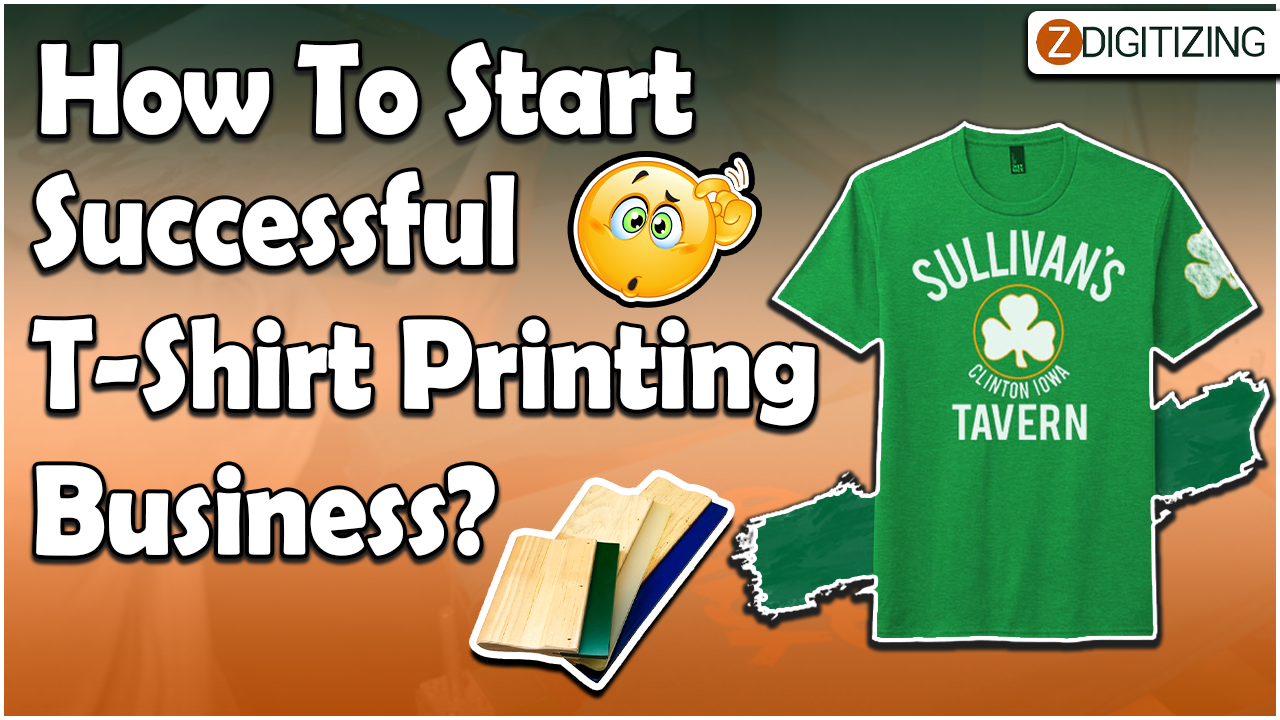Packaging is often considered the silent ambassador of a brand. It’s the first thing a customer sees, touches, and smells when receiving a product. This initial interaction with the packaging sets the tone for the entire customer experience. From the psychology of colors and shapes to the sustainability of materials, we will delve deep into packaging and customer satisfaction including the role of custom retail boxes. Packaging isn’t merely about enclosing a product; it’s a powerful marketing tool. It can evoke emotions, convey the brand’s identity, and create a lasting impression when done right. Let’s embark on this journey to uncover the secrets of packaging and its profound impact on customer experience.
The Role of Packaging in Branding
How Packaging Reflects Brand Identity
Packaging is the face of your product. It is what your customers see before they see the actual item. Therefore, it is crucial that your packaging aligns with your brand’s identity. Whether your brand is known for luxury, eco-friendliness, or innovation, your packaging should mirror these values.
A consistent look and feel across all your packaging materials helps brand recognition. For instance, when you see a sleek, minimalist box with an Apple logo, you immediately think of Apple Inc. This level of brand association is what all businesses aim for.
Packaging and Brand Trust
Packaging also plays a vital role in building trust with customers. It serves as a promise of what’s inside. Customers will trust the product’s quality if the packaging is attractive and well-constructed. On the other hand, shoddy packaging can raise doubts about the product itself.
In an age where online shopping is prevalent, the package is often the only physical connection the customer has with the brand. So, make it count. Invest in quality packaging that reflects the quality of your product.
The Psychology Behind Packaging
Colors, Shapes, and Their Influence
Packaging design isn’t just about aesthetics; it’s also about psychology. Colors and shapes have a profound impact on human emotions and perceptions. Understanding this can help businesses create packaging that resonates with their target audience.
For example, red packaging can convey excitement and energy, while blue can represent trust and reliability. The choice of color should align with your brand’s message and the emotions you want to evoke in your customers.
Emotional Packaging: Creating a Connection
Effective packaging goes beyond the visual. It can evoke feelings and create a connection with the customer. For instance, a box that tells a story or showcases the product’s journey can make the customer feel part of something bigger. It adds an emotional layer to the unboxing experience.
In the next sections, we will explore how these psychological aspects of packaging can be harnessed to enhance the customer experience.
Sustainable Packaging: A New Frontier
Eco-friendly Packaging Solutions
In an era of increasing environmental awareness, sustainable packaging is not just a trend; it’s a necessity. Customers are more inclined to support brands that prioritize eco-friendly practices. Using recyclable, biodegradable, or reusable materials in your packaging reduces your environmental footprint and appeals to a conscious consumer base.
Sustainable packaging isn’t just about the materials used; it also extends to the design. Minimalist packaging, which uses fewer resources, is becoming a popular choice. Brands that align with sustainability values can gain a competitive edge.
Consumer Preferences and Sustainability
Customer preferences are shifting towards sustainable options. Many consumers are willing to pay more for products that are packaged eco-friendly. Therefore, embracing sustainable packaging isn’t just an ethical choice and a smart business move.
The following sections will explore innovative sustainable packaging solutions and how they contribute to a positive customer experience.
Packaging Innovations
Interactive Packaging: Engaging the Customer
Packaging is no longer limited to being a static shell. Interactive packaging engages the customer on a whole new level. It can include QR codes, augmented reality experiences, or even simple puzzles on the packaging.
For example, a coffee bag with a QR code that leads to a video showing the coffee’s origin and brewing tips informs the customer and creates a memorable experience.
Smart Packaging: A Glimpse into the Future
The future of packaging is smart. Smart packaging includes technologies like RFID tags that provide real-time information about the product’s freshness or location during shipping. It adds a layer of transparency and convenience to the customer’s experience.
In the upcoming sections, we’ll explore more examples of innovative packaging and how they shape customer perception.
Packaging and Customer Feedback
Importance of Customer Feedback
Packaging isn’t a one-size-fits-all solution. It needs to adapt to meet your customers’ specific needs and desires. Customer feedback is an invaluable resource for improving your packaging and, subsequently, the customer experience.
Listening to customer comments, reviews, and suggestions can help you identify areas where your packaging can be enhanced. It’s a direct line to understanding what your customers want and expect.
Adapting Packaging to Customer Needs
Once you’ve gathered feedback, the next step is to act on it. Adapting your packaging based on customer needs can increase satisfaction and loyalty. It shows that you value your customer’s opinions and are willing to make changes to meet their expectations.
Conclusion
Packaging and customer experience are inextricably linked. How you package your products can profoundly impact how customers perceive your brand and their overall satisfaction. Whether through branding, psychology, sustainability, or innovation, packaging is a powerful tool that can elevate your customer experience.
In this article, we’ve explored the various aspects of packaging and how it influences customer satisfaction. The possibilities are vast, from the role of packaging in branding to the potential of virtual and augmented reality.





